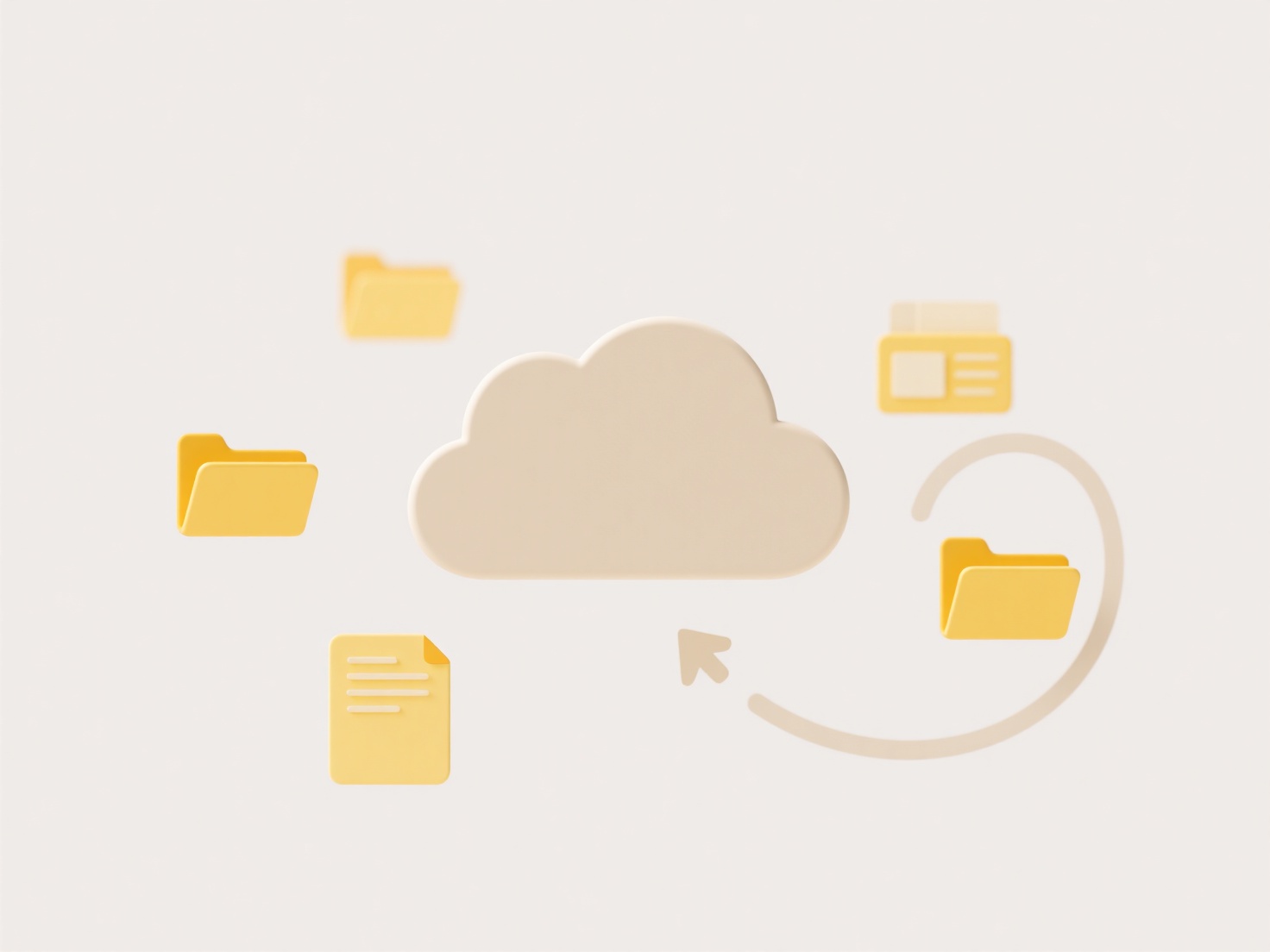
Generating a public link creates a unique web address (URL) that grants anyone who possesses the link view or download access to your file. Unlike sharing that requires specific user accounts or permissions, this link works anonymously. Cloud storage services and collaboration platforms typically offer this feature, making the file accessible to people outside your organization or contact list simply by clicking the link.
Common examples include clicking the "Share" button in platforms like Google Drive or Dropbox, selecting "Get link," and choosing the "Anyone with the link" option. Similarly, in Microsoft OneDrive or Sharepoint, you select the file, choose "Share," then set the link type to "Anyone." This method is frequently used by professionals to share documents with clients, large groups, or embed files in websites.

The key advantage is effortless broad sharing without managing individual access. However, significant limitations exist: anyone with the link can access the file indefinitely (potentially allowing accidental sharing), links can be forwarded uncontrollably, and access revocation can be difficult once disseminated. Consequently, generating public links poses security risks for sensitive or confidential information and requires careful consideration of the content being shared.
How do I generate a public link for a file?
Generating a public link creates a unique web address (URL) that grants anyone who possesses the link view or download access to your file. Unlike sharing that requires specific user accounts or permissions, this link works anonymously. Cloud storage services and collaboration platforms typically offer this feature, making the file accessible to people outside your organization or contact list simply by clicking the link.
Common examples include clicking the "Share" button in platforms like Google Drive or Dropbox, selecting "Get link," and choosing the "Anyone with the link" option. Similarly, in Microsoft OneDrive or Sharepoint, you select the file, choose "Share," then set the link type to "Anyone." This method is frequently used by professionals to share documents with clients, large groups, or embed files in websites.

The key advantage is effortless broad sharing without managing individual access. However, significant limitations exist: anyone with the link can access the file indefinitely (potentially allowing accidental sharing), links can be forwarded uncontrollably, and access revocation can be difficult once disseminated. Consequently, generating public links poses security risks for sensitive or confidential information and requires careful consideration of the content being shared.
Quick Article Links
Can I use dots (.) in the middle of a file name?
Dots (.) are valid characters within most modern file names across Windows, macOS, and Linux systems. While a dot is typ...
Can long file names cause problems when copying files?
Long file names, including the path to the file (like folder\subfolder\filename.ext), can cause problems during copying ...
How to organize scanned handwritten notes and printed materials?
How to organize scanned handwritten notes and printed materials? Organizing scanned handwritten notes and printed mate...